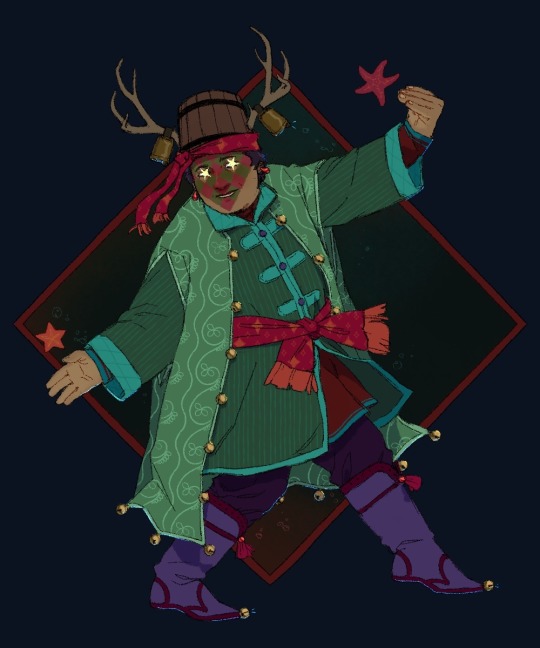#I love patchfaces weird prophecies
Explore tagged Tumblr posts
Note
Could you draw Patchface please? Your art is incredible and I think he’s the scariest character in asoiaf 😵💫

SUCH an excellent suggestion.. drawing patchface hadn’t even crossed my mind but this was a really fun challenge :)
#patchface#asoiaf#valyrianscrolls#my art#I love patchfaces weird prophecies#unfortunately I DONT love roy dotrice’s voice for him it kind of drives me insane#his voices for patchface and jeor mormonts raven specifically make me want to claw my ears off but I must endure
652 notes
·
View notes